-
×
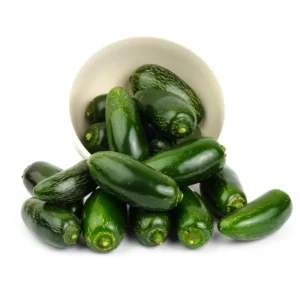 Jalapeno Pepper Plant - 4 Inch Pot - Spicy Vegetable Plant
1 × $22.99
Jalapeno Pepper Plant - 4 Inch Pot - Spicy Vegetable Plant
1 × $22.99 -
×
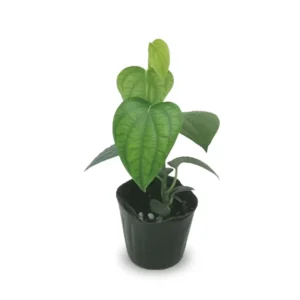 2 Black Pepper Plant Piper Nigrum Live Starter Plant 5-8 Inches Tall
1 × $39.68
2 Black Pepper Plant Piper Nigrum Live Starter Plant 5-8 Inches Tall
1 × $39.68 -
×
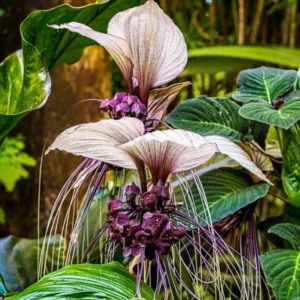 White Bat Orchid Plant Live - Tacca Chantrieri Flower Plant 5-9'' Tall
1 × $37.99
White Bat Orchid Plant Live - Tacca Chantrieri Flower Plant 5-9'' Tall
1 × $37.99 -
×
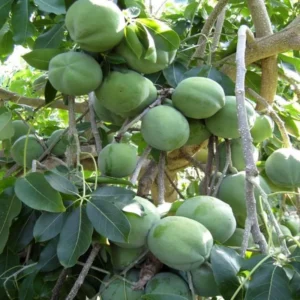 White Sapote Tree Live Plant - 2 to 3 Feet Tall - Fruit Tree
1 × $189.99
White Sapote Tree Live Plant - 2 to 3 Feet Tall - Fruit Tree
1 × $189.99 -
×
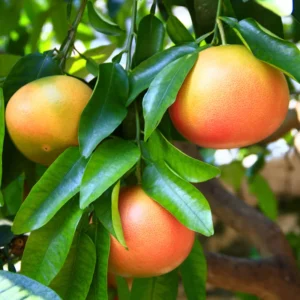 Pink Grapefruit Tree Live Plant 2-3 Ft Tall Pomelo Tree for Planting
1 × $99.99
Pink Grapefruit Tree Live Plant 2-3 Ft Tall Pomelo Tree for Planting
1 × $99.99 -
×
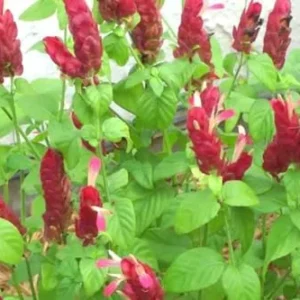 Live Shrimp Plant - 2 Pack - 3-5 Inch Tall - Red Pot - Indoor/Outdoor
1 × $28.00
Live Shrimp Plant - 2 Pack - 3-5 Inch Tall - Red Pot - Indoor/Outdoor
1 × $28.00 -
×
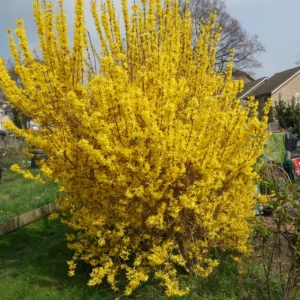 Forsythia Plant 4 Inch Pot - Early Spring Blooming Shrub - Garden Ready
1 × $19.99
Forsythia Plant 4 Inch Pot - Early Spring Blooming Shrub - Garden Ready
1 × $19.99 -
×
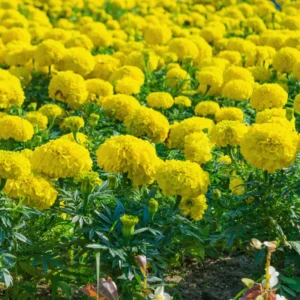 Yellow Marigold Plants - 3 Live Starter Flowers, 5-8 Inches, Garden Ready
1 × $39.34
Yellow Marigold Plants - 3 Live Starter Flowers, 5-8 Inches, Garden Ready
1 × $39.34 -
×
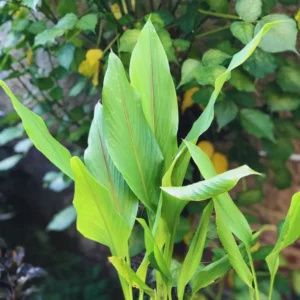 Turmeric Plant Live - Curcuma Rhizome for Planting Indoor Outdoor - 4-6 Inches Tall
1 × $39.98
Turmeric Plant Live - Curcuma Rhizome for Planting Indoor Outdoor - 4-6 Inches Tall
1 × $39.98 -
×
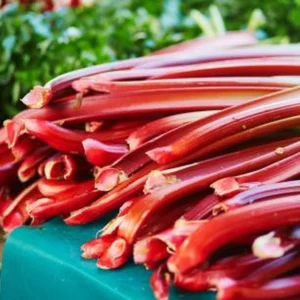 Red Rhubarb Plant - Set of 5 Live Roots for Planting - Edible Vegetable
1 × $72.00
Red Rhubarb Plant - Set of 5 Live Roots for Planting - Edible Vegetable
1 × $72.00 -
×
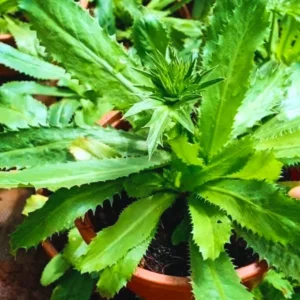 Culantro Seeds - 1000 Recao Cilantro Vegetable Seeds for Garden Growing
1 × $17.99
Culantro Seeds - 1000 Recao Cilantro Vegetable Seeds for Garden Growing
1 × $17.99
If you’ve stepped into your garden this spring and spotted tall stalks topped with strange cauliflower-like blooms rising from your rhubarb, you might have paused in confusion. “Why is my rhubarb flowering?” is one of the most common questions among home gardeners and for good reason! Let’s uncover why it happens, whether you can eat it, and what to do next.
Rhubarb Roots for Planting – 2 Live Rhubarb Plants Crowns Divisions
Rhubarb (Rheum rhabarbarum) is a perennial vegetable that behaves a lot like a fruit in the kitchen. It’s famous for its long, thick, red or green stalks, which have a wonderfully tart, lemony flavor. Those stalks are the only edible part of the plant, the leaves are toxic, containing high levels of oxalic acid.
It thrives in cooler climates and is one of the first plants to wake up in spring, making it a beloved early harvest crop. It’s packed with vitamins K and C, calcium, and fiber, and it shines in all kinds of recipes — from classic pies and jams to savory sauces and chutneys.
Read more:
- How And When To Split Rhubarb Plants
- Growing Red Rhubarb Plants: A Complete Guide for Gardeners
- 5 Common Mistakes to Avoid When Growing Rhubarb Plants
Table of Contents
What Does a Flowering Rhubarb Look Like?
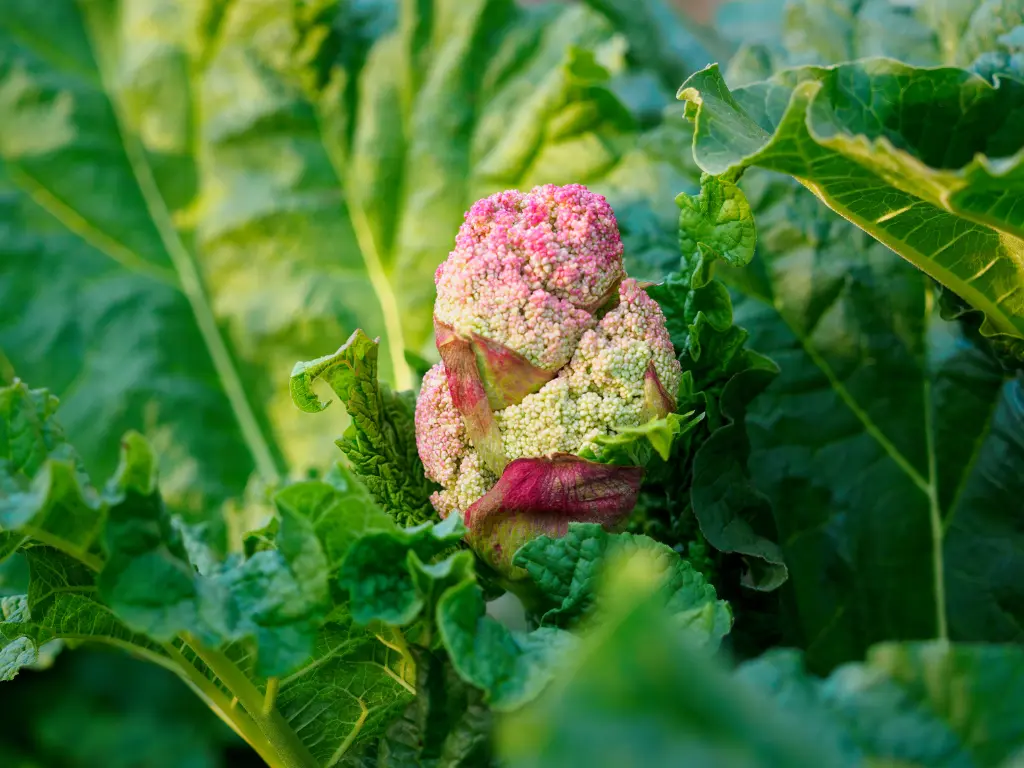
When rhubarb flowers, it’s quite a sight. The blooms emerge on long, thick stalks that rise above the edible leaf stems, forming large clusters that look like pale green or pinkish cauliflower heads. As they mature, they open into tall, cream-colored plumes that resemble oversized astilbe flowers.
Though they may look lovely in the garden, flowering rhubarb means the plant is shifting its focus from producing those delicious tart stalks to reproduction. In gardening terms, this process is called bolting.
Why Does Rhubarb Flower?
Flowering, or bolting, is a natural part of a plant’s life cycle, that it’s simply trying to reproduce. But in rhubarb, it can also signal stress, heat, or age. Here are the most common reasons why your rhubarb might be flowering:
1. The Plant Is Mature
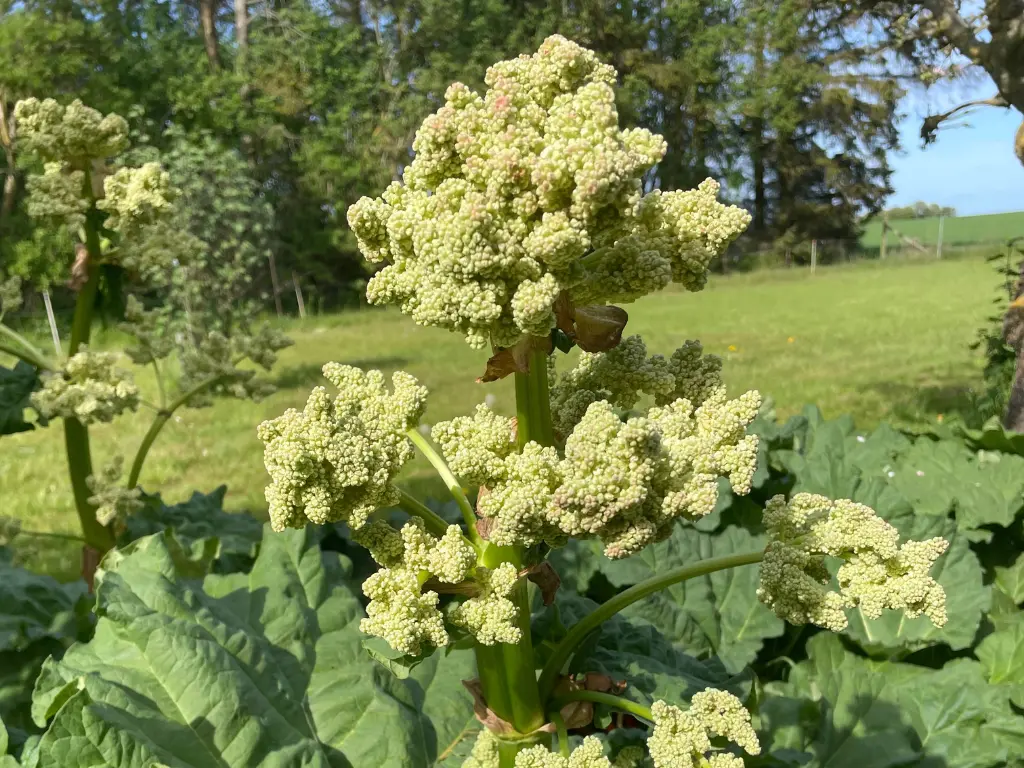
Just like people, rhubarb plants go through life stages. When a rhubarb gets older, usually after five or six years in the same spot, it may start to flower. It’s simply reaching the reproductive phase of its life.
But while flowering is a natural sign of maturity, it can also signal that your plant is getting a bit too settled. Mature rhubarb tends to get crowded and tired, which is why gardeners divide the plants every 5–10 years. Division rejuvenates the crown, giving each new plant more room to thrive and fewer reasons to bolt.
Tip: The best time to divide rhubarb is in early spring, just as buds begin to show, or in fall after the foliage has died back. Each section should have at least one strong bud and a healthy chunk of root.
2. The Variety You’re Growing
Some rhubarb varieties are simply more prone to flowering. Older heirlooms like ‘Victoria’ or ‘MacDonald’ are beautiful and tasty but tend to bolt frequently. If your rhubarb flowers year after year no matter what you do, consider switching to a more reliable modern variety like ‘Valentine’, ‘Canada Red’, ‘Ruby Queen’, or ‘Sutton’.
These varieties are specifically bred to resist bolting, which means more stalks for your kitchen and fewer flowers to cut.
3. It’s Too Hot
Rhubarb thrives in cool conditions. When temperatures climb above 75°F (24°C), especially in early spring, the plant may start flowering. In hot climates, help keep the soil cool by adding a 2–3 inch (5–7.5 cm) layer of organic mulch around the base. If your rhubarb sits in full sun all day, moving it to a slightly shadier spot can make all the difference.
To help:
-
Mulch generously around the base with compost, straw, or shredded leaves to keep the soil cool.
-
Water deeply once a week during dry spells.
-
Provide partial shade in hot climates, a bit of afternoon shade can make a world of difference.
If your summers are consistently warm, try growing rhubarb in a spot that gets morning sun and dappled light later in the day.
4. It’s Stressed

Stress can trigger flowering as a survival mechanism. Drought, poor soil, pest damage, or overcrowding can all cause your rhubarb to bolt. To keep your plant healthy, water it deeply every 7–10 days, feed with a balanced 10-10-10 fertilizer in spring, and keep weeds at bay. Happy plants are far less likely to flower.
5. It’s Time to Divide
When rhubarb plants get large and crowded, they often flower as a signal they need more space. Divide the plant in early spring before growth begins, making sure each new section has a healthy bud and root system. Replant them in rich, compost-amended soil — they’ll thank you with vigorous new growth.
Can I Eat Flowering Rhubarb?
Yes, the stalks of a flowering rhubarb are still edible! Unlike greens such as spinach, which turn bitter after bolting, rhubarb stalks maintain their tart flavor even after a flower appears.
However, it’s important to note that the flower stalk itself and the leaves are poisonous. Both contain high levels of oxalic acid, which can cause nausea and cramps if consumed. Only the leaf stems, the parts you normally harvest are safe to eat.
If you notice your rhubarb flowering, go ahead and harvest the regular stalks as usual, but cut off the flower stalk as soon as possible to help the plant refocus its energy on producing new edible growth.
What Should I Do If My Rhubarb Flowers?

When you see a flower forming, act quickly:
-
Cut the flower stalk all the way down to just above the crown using a clean, sharp knife or pruners.
-
Mulch and water to reduce stress and stabilize soil temperature.
-
Feed lightly after removing the flower so the plant can rebuild its strength.
Don’t worry! Flowering doesn’t mean your plant is ruined. With a little care and attention, your rhubarb will bounce back and continue producing plenty of stalks for pies, jams, and compotes.
If you’re curious or love how it looks, you can let one or two stalks bloom just for show. The tall, frothy flowers can actually be quite ornamental in a cottage garden setting.
Just remember: letting the plant flower freely will reduce your edible harvest, as most of its energy will go toward seed production instead of stem growth.
Can You Eat Rhubarb After It Flowers?
Absolutely, and this is a common misconception worth clearing up. Once your rhubarb has flowered, many gardeners worry the whole plant becomes inedible. That’s not true!
Even after flowering, the regular leaf stalks remain perfectly edible, though they might be a bit thinner or fewer in number because the plant has used some energy on flower production.
So yes, you can still enjoy delicious rhubarb after it flowers, especially if you act quickly to remove the blooms.
Final Thoughts
A flowering rhubarb can look beautiful, but it’s best to remove the bloom if you want a generous harvest. Flowering is simply your plant’s way of saying, “I’m mature and ready to reproduce!” – not a sign of failure.
By understanding the reasons behind bolting and taking quick action, you can enjoy lush, productive rhubarb plants for many seasons to come.
